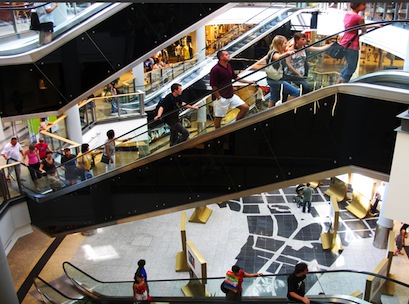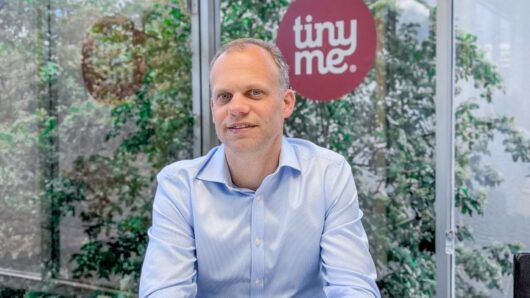Competition, online retailing and fuel prices are the main concerns of shopping centre managers across the country, according to global real estate firm, JLL’s latest research.
According to the survey of centre managers at 109 JLL-operated shopping centres across the country in February, the main concerns being highlighted by centre managers that impacts their future turnover performance were ‘competition from other centres’ (with a net balance of -40), ‘online retailing’ (-29) and fuel prices (-23). The ‘economic outlook’ followed closely behind at -21.
Fuel prices has re-emerged as a major area of concern due to the wild fluctuations in price over recent months, according to the survey.
The most positive factors continue to be ‘changes to tenancy profile’, ‘growth expectations within the trade area’ and ‘planned refurbishment activity’.
“The key strategy for many centre managers is to provide a strong food retailing mix,” said Richard Fennel, head of Property & Asset Management – Australia. “While overall tenant enquiry remains subdued, enquiry from fresh food and food catering tenants is buoyant. Not only is this where enquiry is relatively strong, a quality food offering, including cafes, gives customers a reason to linger longer in centres.”
According to JLL, retail figures are showing positive signs of vacancy improving for both sub-regional and neighbourhood centres. Neighbourhood centre vacancies improved from 3.7 per cent in June 2016 to 2.6 per cent in December, well below the long-term average of 4.6 per cent. Sub-regional vacancies improved from 3.5 per cent to 3.0 per cent but remains above the long-term average of 2.2 per cent.
“With strong competition from new centres impacting some centres across the JLL portfolio, the reduced vacancy rate reported across neighbourhood and sub-regional centres was a positive outcome,” Fennel said.
The report identified speciality fashion as being a challenging sector, particularly in larger sub-regional centres where apparel has traditionally been a significant category. In part, the decline of this sector has been offset by a stronger focus on non-retail services such as medical centres, financial services and travel agencies.
David Snoswell, JLL’s director, strategic consulting, said the level of new supply for neighbourhood, sub-regional and regional shopping centres across Australia’s major capital cities is expected to peak in 2017.
“Completions in 2017 in the major capital city markets are forecast at 416,000sqm and this is expected to heighten competition in the retail sector,” Snoswell said. “The battle for market share in the supermarket sector has been a key driver of new supply, particularly in the neighbourhood and sub-regional sectors, while growth in regional centres has in part been driven by expansion of global ‘fast fashion’ retailers such as H&M and Uniqlo.”
Access exclusive analysis, locked news and reports with Inside Retail Weekly. Subscribe today and get our premium print publication delivered to your door every week.






